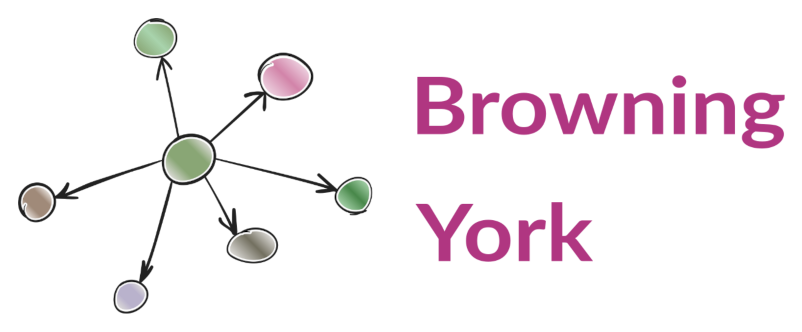During conversations with clients I often talk about the difference between formal and informal communication and why both are important for making connections.
To be clear, I am not talking here about the tone of the language used, I am referring to the format. It matters that this distinction is clear.
Formal communication
In this context, formal communication is something such as a newsletter, email announcement or staff presentation (in person or online). When people come to me asking for help with their communications, these are often the types of things they’re talking about.
The official channels.
The communications activities.
The ‘stuff’ they feel they have to do, in order to be ‘doing communication properly’.
Informal communication
The things I refer to as informal communication have changed since the pandemic and the move to hybrid working. They include:
- The chat about a project which you have while standing by a colleague’s desk (or while you’re waiting for others to join a Teams meeting).
- The ‘oh, I’m glad I caught you’ conversation when you visit a mate on the fifth floor for a gossip and bump into someone from HR in the lift (these are harder to replicate in a remote working or hybrid world).
- The impromptu problem-solving discussion you get into on the way to the sandwich shop (or while doing an online co-working session, where your focus is on your own projects but general chat sometimes bubbles up unprompted).
Serving different needs
Both formal and informal types of communication have their place in a communications strategy and approach. They can serve different needs and reach new audiences or different groups in different ways.
But in my experience, informal communications can be overlooked. They are not always considered ‘proper’ communication. They are not valued as they should be.
I believe we’re missing a trick if we don’t include them.
Conversations like this are often unprepared and just seem to happen. This can make them feel more natural. This in turn can mean they are a more pleasant experience. Both parties in a (genuinely) informal chat may also feel more able to contribute – the ‘rules’ are less formal.
The challenges that come as a result of remote or hybrid working should not be over-looked. But I think that with some deliberate thought about the benefits of informal comms, you can recreate the end result impact without the exact same in person format.
Trusted connections
A manager in a local branch of one of my clients once told me that most of her information about what was going on across the wider organisation came from conversations with people she knew at head office.
She knew that she could look things up on the intranet or read newsletters. But she wanted to hear information from a colleague. Crucially, when she had a trusted relationship already in place, she felt she could rely on the information.
And that’s one of the key benefits of informal channels. They support the development of connections over time between teams and individuals. Working together towards common goals is far easier when your people feel connected to each other.
3 steps to encourage connections
1. Look at what is already happening and think about how you can build on that
Where are connections happening naturally? This might include:
- Between teams whose work is linked
- In geographical spaces where people come together (or online ones)
- Amongst groups of individuals who have common interests
What can you you learn from these connections and apply elsewhere?
2. Lead by example
Encourage your leaders and influencers to have genuinely informal conversations with others. Get them to show interest and listen to what is being said, with a view to making connections rather than to replying.
3. Provide trusted information sources
Ensure that people have somewhere to look for accurate, up-to-date and credible information. Conversations can easily spiral away from facts and into rumour; providing details they can trust helps to avoid that.
How do you encourage informal communication at your organisation? What impact does that have on connections?
If you would like help addressing these areas in your communication strategy, please get in touch.
Until next time
Sarah

